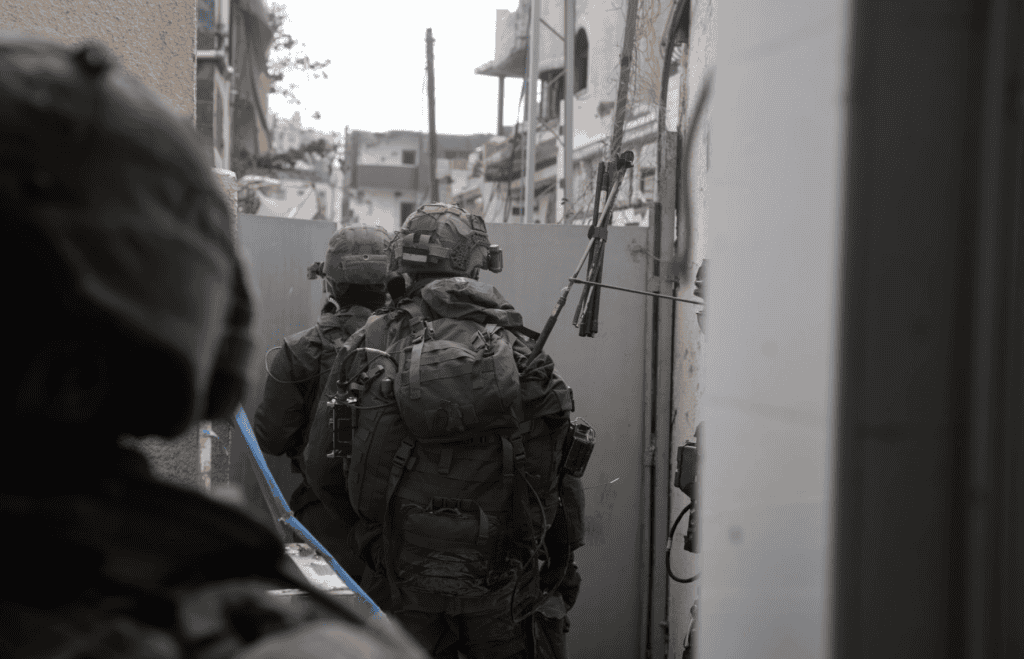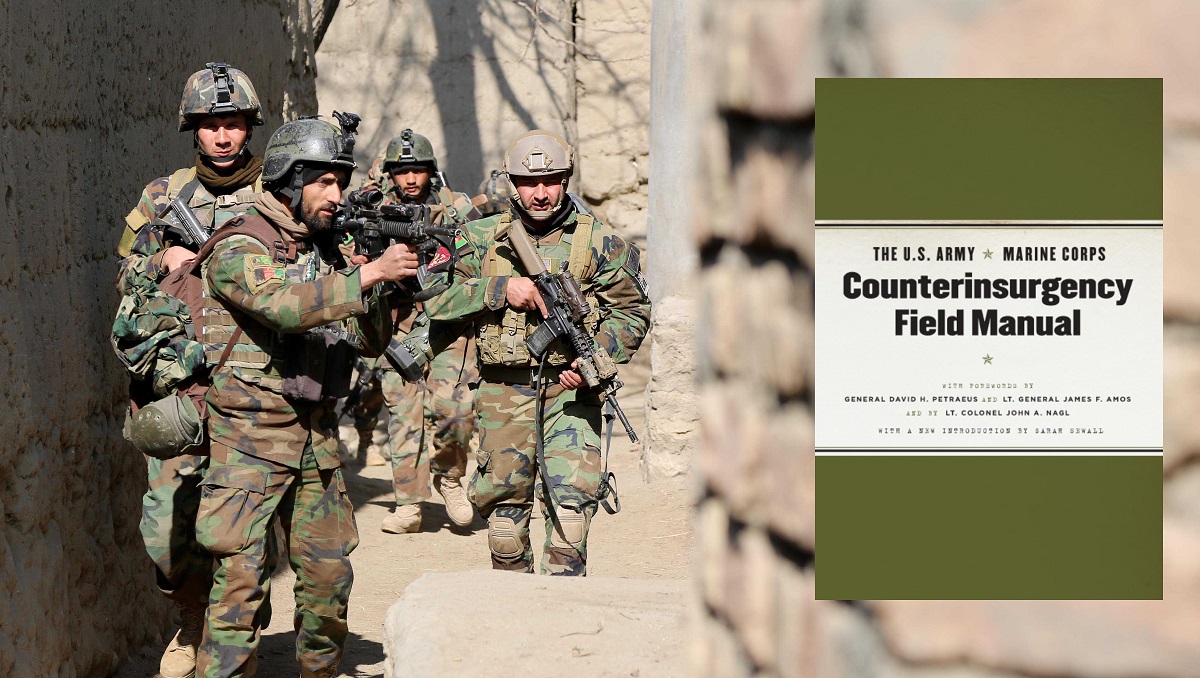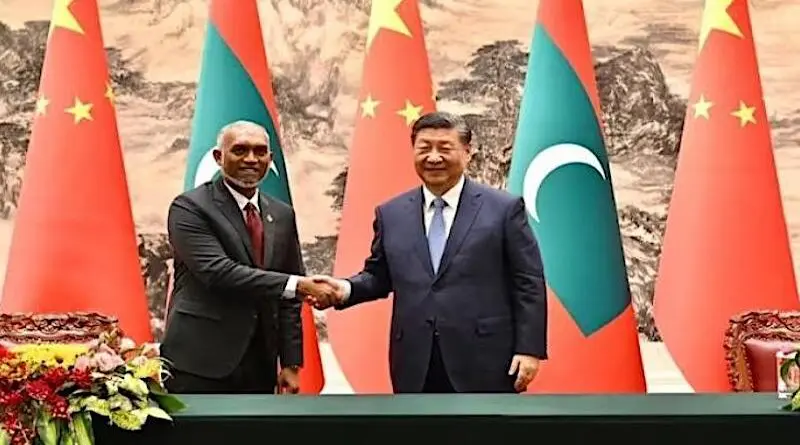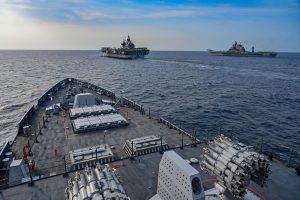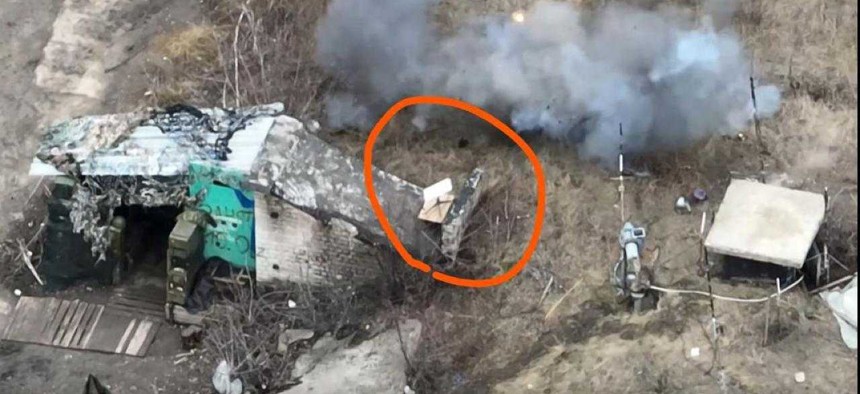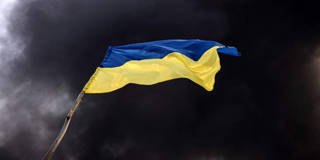Paulo Pinheiro, Hanny Megally and Lynn Welchman

Mr. Pinheiro is the chair of the U.N. Syria Commission of Inquiry. Mr. Megally and Ms. Welchman are members of the commission.
The scale and ferocity of the conflict in Gaza and the unspeakable suffering of its civilians have rightly provoked the world’s outrage. But in Syria, a steep escalation of violence that has forced the flight of tens of thousands more people in what remains the world’s largest displacement crisis is taking place largely unnoticed outside the region.
Syria, too, desperately needs a halt to the violence. But instead, the more than 12-year-long war there grows more intense, now along five fronts in a kaleidoscope of conflict.
Syrian government and Russian forces are fighting armed opposition groups in the northwest; ISIS is stepping up its attacks across the country; Turkey is attacking Kurdish-led forces in the northeast; the Kurdish-led forces are fighting local tribes; and the United States and Israel are hitting back against forces linked to Iran.
With the region in turmoil, a dedicated international effort to contain the fighting on Syrian soil is imperative. Over a decade of bloodshed needs a diplomatic end. A lasting truce in Gaza would also considerably calm the situation in Syria, decreasing tensions between the foreign powers — including the United States, Israel and Iran through its proxies — that are active militarily inside the country.
In Homs, in western Syria, a drone attack by unknown assailants killed and injured scores of cadets, family members and others at a military academy graduation ceremony on Oct. 5. The Syrian military and Russian forces, which have been backing President Bashar al-Assad, retaliated by attacking at least 2,300 locations in the opposition-controlled northwest, with schools, hospitals, markets and camps for Syrians forced from their homes among them. Some 120,000 people — many of whom had already been displaced several times, including by the huge earthquake last February — were sent fleeing, and at least 500 civilians were injured or killed just in the incidents that our commission has tracked since October.

